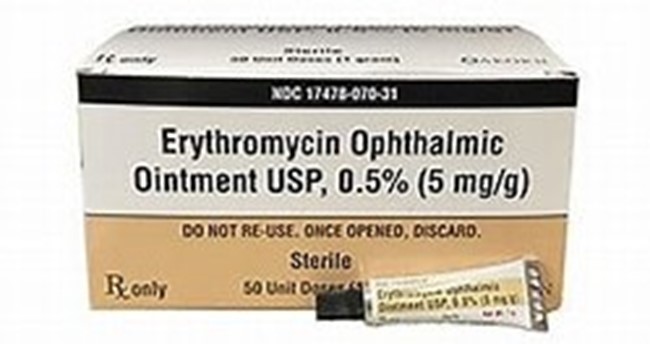A nurse in a prenatal clinic overhears a newly licensed nurse discussing conception with a client.
Which of the following statements by the newly licensed nurse requires intervention by the nurse?
"Bleeding or spotting can accompany implantation.".
"Sperm remains viable in the woman's reproductive tract for 2 to 3 days.".
"Fertilization takes place in the outer third of the fallopian tube.".
"Implantation occurs between two and three weeks after conception.".
The Correct Answer is D
“Implantation occurs between two and three weeks after conception.” This statement is incorrect because implantation usually occurs about 6 to 10 days after conception.
Choice A is correct because bleeding or spotting can accompany implantation.
Choice B is correct because sperm can remain viable in the woman’s reproductive tract for 2 to 3 days.
Choice C is correct because fertilization typically takes place in the outer third of the fallopian tube.
Nursing Test Bank
Naxlex Comprehensive Predictor Exams
Related Questions
Correct Answer is B
Explanation
“Placenta.” The placenta is the structure that provides oxygen and nutrients to the growing fetus and removes waste products from the fetus’s blood.
Choice A is incorrect because the umbilical arteries carry deoxygenated blood and waste products from the fetus to the placenta.
Choice C is incorrect because amniotic fluid provides a cushion for the fetus and helps maintain a constant temperature in the uterus but does not provide nutrition.
Choice D is incorrect because the decidua is the lining of the uterus during pregnancy and does not provide nutrition to the fetus.
Correct Answer is C
Explanation
This is an antibiotic ointment that is applied to the eyes of newborns to prevent ophthalmia neonatorum, a serious eye infection caused by gonorrhea.
Ophthalmia neonatorum can cause blindness if left untreated and can occur even if the mother does not have symptoms of gonorrhea.
Erythromycin is the only drug approved by the FDA for this purpose and is mandated in most states.
Choice A.
Nystatin is incorrect, as this is an antifungal medication that is used to treat oral thrush or diaper rash in newborns, not eye infections.
Choice B.
Ceftriaxone is incorrect, as this is an antibiotic injection that is used to treat systemic gonorrhea infections in adults or newborns, not eye infections.
Choice D.
Ofloxacin is incorrect, as this is an antibiotic eye drop that is used to treat bacterial conjunctivitis in older children and adults, not ophthalmia neonatorum in newborns.
Therefore, choice C is the best answer to this question.

Whether you are a student looking to ace your exams or a practicing nurse seeking to enhance your expertise , our nursing education contents will empower you with the confidence and competence to make a difference in the lives of patients and become a respected leader in the healthcare field.
Visit Naxlex, invest in your future and unlock endless possibilities with our unparalleled nursing education contents today
Report Wrong Answer on the Current Question
Do you disagree with the answer? If yes, what is your expected answer? Explain.
Kindly be descriptive with the issue you are facing.
